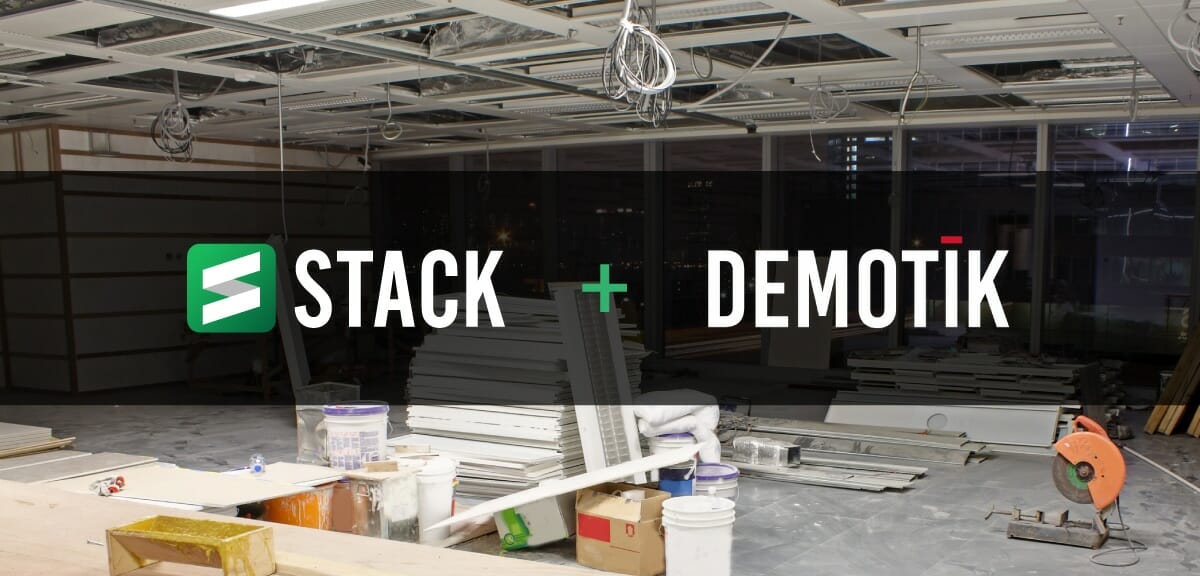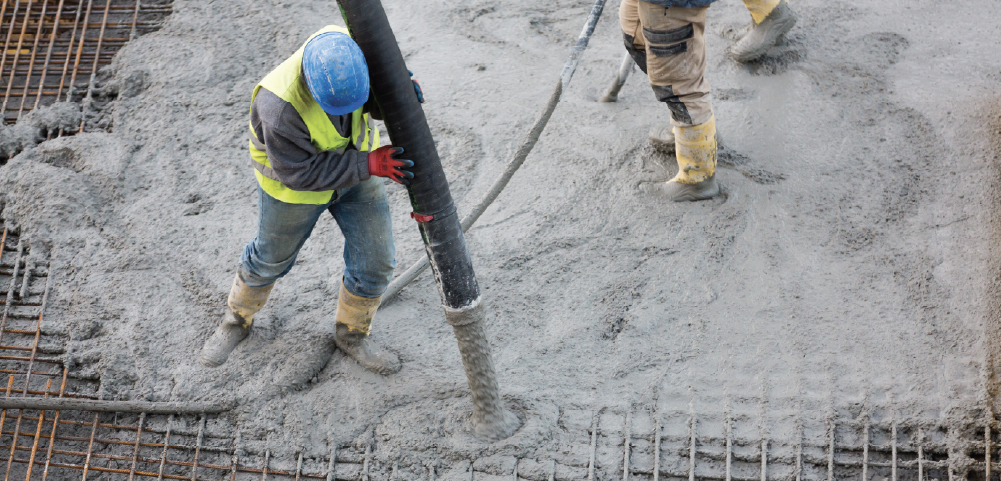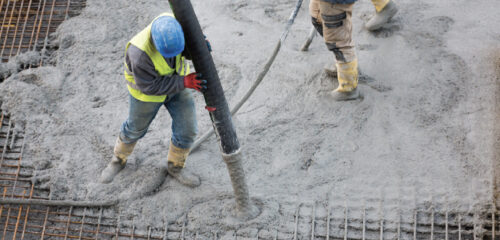
One of the major challenges subcontractors face when competing for commercial construction projects is submitting a bid that can both win the job and bring in a profit. When you’re worried about covering your expenses, you might end up overbidding.
It can be tough to figure out how to get your prices back in line with market rates, but it’s a skill you can learn with the right tools, just like your trade.
What Exactly Does It Mean to Overbid?
Losing out on a job because of a few hundred dollars’ difference in your price versus another subcontractor’s price doesn’t mean you’ve truly overbid. That’s just the luck of the draw – as you know, in the construction industry you’ll win some and lose some. There are always a lot of factors at play in a GC’s decision.
Overbidding doesn’t become a problem until your proposal is significantly higher than every other reasonable bid the GC receives. If other subs come in at around $50,000 for a job and your proposal is for $200,000, you’re definitely out of the running due to overbidding.
Consequences of Overbidding
The immediate result of overbidding is of course not winning the job. You’re not only losing out on the revenue from the project, but the time spent performing the takeoff and creating the estimate for that job is now also a sunk cost.
But if overbidding turns into a consistent problem for your business, there are some more sinister, long-term effects besides just those initial profit and productivity losses. GCs will begin to categorize your company as one that overbids and will stop even considering your services, putting you in a difficult spot as you try to win new work.
Why Subcontractors Overbid
With such dire outcomes associated with overbidding, why is this a problem that subs struggle with?
• You don’t know how much you need to make to break even or profit
• You don’t know how long the job will take your crew to complete
• Your preconstruction process is flawed
• You’re new to commercial construction and you need to make money
• You estimate for more materials than needed, just in case
• You pad your estimate to cover any unexpected change orders
If any of these reasons sound familiar, there’s hope – they are all solvable! With some close examination of how your business operates, you can stop overbidding and start winning projects.
How to Avoid Overbidding
Submitting consistently accurate bids isn’t luck – it’s a skill you can learn with practice. Use these tips to break out of your overbidding slump.
1. Gather all possible information upfront.
If there are any parts of the project that are unclear, don’t submit your bid yet. In fact, don’t even complete your estimate. Instead, reach out to the GC for clarification. Some subcontractors think they shouldn’t ask questions, but pointing out missing specs or other gaps in the project details will show the GC your attention to detail.
Only when you have everything you need to know should you continue with the takeoff and estimating process – so make sure you’re diving into bid invitations far in advance of the deadline so there’s plenty of time for communication.
2. Perform an accurate takeoff.
Sounds simple, right? But if you measure with an incorrect scale, or you’re using pencil and paper for takeoffs, there’s a lot of room for mistakes. Accurate bids begin with precise measurements, so find a solution that helps you get exact measurements. For masonry projects, investing in masonry takeoff software ensures accuracy and reduces errors, even for complex designs involving bricks, CMUs, or rebar.
If you’re just starting out in commercial construction, free takeoff software might be your best bet, so you can learn the platform and expand services as your company grows.
3. Fix your takeoff to estimate process.
This is where a lot of specialty contractors struggle because there’s often a disconnect between these two essential tasks. Even if your takeoff is perfect, risk for human error comes into play when transferring measurements to another platform to create an estimate.
Manually transferring data to Excel can introduce errors when estimators get distracted and lose their place in the spreadsheet, or enter a decimal point in the wrong spot, or duplicate an entry. And exporting your takeoff to a separate estimating software comes with its own set of potential problems if you have to manipulate the data in between.
The best way to eliminate these kinds of issues is to adopt a comprehensive estimating and takeoff construction software that allows you to keep all of your project data in one place and switch seamlessly from takeoff to estimate.
4. Do a deep dive into your costs, your selling price, and your profit margin for previous projects.
Once you’ve ensured your understanding of the project is as accurate as it can be, it’s time to look inward at your team’s past performance.
How to Estimate Labor
To determine labor rates, figure up exactly how long it took your team to perform similar work for other projects you’ve done. How much flooring can a two-person crew install in one hour? Or how many square feet can a painter cover in one hour?
If you haven’t already, implement a field time tracking system to make sure you understand how your crews are spending their time on the job. If you have concerns about wasted time, make your expectations clear to the crew and crack down on overtime requests. You could add a bonus incentive for your teams if work is completed within time constraints – just be sure that safety and quality are not sacrificed.
How to Accurately Price Materials
Look back at several previous jobs and review the quantities of materials you purchased versus how much you actually used on the job. Are you consistently buying extra supplies that go unused and that you then have to store? Cut that out of your new estimates immediately.
But what about the difference between what you used, and what was damaged or left over after being partially used? This is where you need to take a razor-sharp look. Your materials waste is a normal part of construction, and it’s often what contractors are overbidding for “just in case.” But you can actually determine what your regular waste percentage is for each type of material and factor that into your estimate without guessing.
Examine past projects and get a solid average: maybe you tend to have 5% waste on lumber or 15% waste on rebar. If you use STACK as your preconstruction platform, you can add waste percentages or dollar amounts to individual material line items. Getting this granular lets you plan ahead for waste without padding so much that it costs you the job.
How to Account for Overhead and Find Your Break-Even Number
To figure out how much you need to make on a job to break even, you have to determine your actual job costs plus factor in overhead.
Go over your tax return from last year and note all business expenses: rent, utilities, employee salaries, vehicles, software, etc. Calculate the total (add in any increases you anticipate for the current year). Based on your history, estimate the number of jobs you reasonably expect to win and complete this year, and how much you expect each one to cost you. Feel free to be a bit conservative with this estimate. Then divide that final number by your total overhead to determine your break-even number.
Here’s one example:
Jobs expected to win: 20
Approximate cost per job: $30,000
Total annual job cost: 20 x $30,000 = $600,000
Annual overhead: $900,000
Break even number (annual): $600,000 + $900,000 = $1.5 mil
Approximate overhead per job: $900,000 / 20 = $45,000
Now that your takeoffs and estimates are more accurate, you can get a clearer picture of job costs, and you can adjust the distribution of overhead costs across jobs appropriately. (If a job will cost you $40,000 rather than $30,000 to complete, bump up those overhead markups a little.)
This gives you your minimum amount for which you could complete the work without losing money. With this in mind, you can feel confident in your ability to increase price to meet the profit margin you desire.
Making a Profit
When you’re bidding high because you don’t know how much you need for your business to survive, it can be extremely stressful and tempting to continue bidding too high when you lose out on jobs. But once you know how low you can go and stay afloat, you have breathing room.
Taking these numbers into account, if you really want a 15% profit margin, try bidding at 10% for a while to see if you’re closer to the right range. Once you win some bids and prove the quality of your work, you’ll eventually be able increase your prices.
Accuracy is the only way to break the cycle of overbidding – accurate records and an accurate preconstruction process. STACK can help you get the precision you need. Schedule a demo now.








